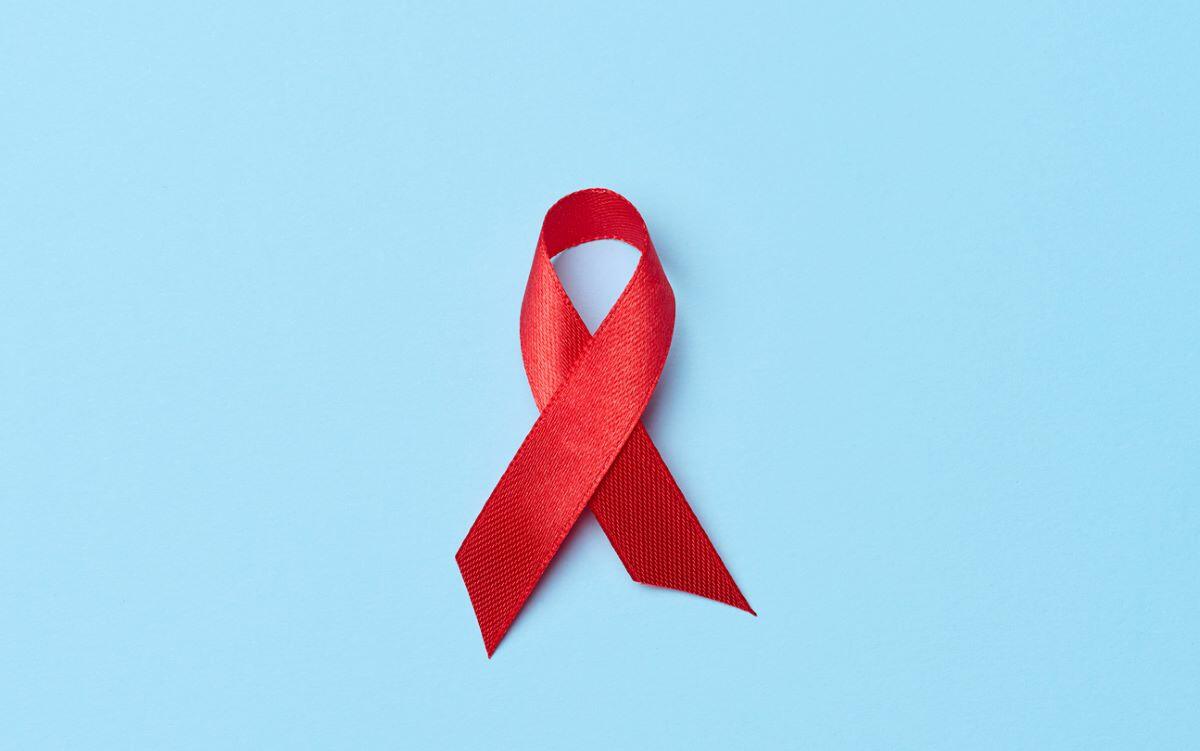
On World AIDS Day, we reflect and refocus our energies towards the global target of zero new HIV infections by 2030. To achieve this ambitious target, it’s important to take a look at the scientific developments and challenges towards tackling, and ultimately ending, HIV/AIDS.
We have seen huge progress in recent years in therapies for people living with HIV-1 and for prevention of HIV-1 acquisition. The existing HIV-1 therapy options - antiretroviral therapy - not only represents a live-saving benefit for the individual person living with HIV-1, but also significantly contributes to reducing the rate of new HIV-1 cases globally.
This is because of the still insufficiently appreciated U=U (undetectable = uninfectious) slogan, which represents a well-established fact that people with undetectable viral load cannot transmit the virus. Furthermore, preventive intake of antiretroviral medication (so-called PreP, pre-exposure prophylaxis) by those at risk of acquiring HIV-1 infection has shown to be effective in reducing the rate of HIV-1 new infections.
However, there is more that can be done. Conventional antiretroviral therapy normally requires swallowing tablets every day, for the rest of one’s life, which is associated with potential occurrence of resistance-conferring mutations, variable side effects, stigmatisation and a painful daily reminder of one’ s HIV-1 positive status, which in turn complicates adherence. Interruption of the therapy almost inevitably causes a rebound of viremia – when the virus reenters the bloodstream – after a few weeks, and a risk to progression to AIDS in the absence of therapy reinitiation.
New results from clinical trials with long-acting antiretrovirals now raise legitimate enthusiasm and might open a new area in HIV-1 prevention and therapy. A single injection with Lenacapavir, a drug developed by Gilead which blocks capsid, a structural component of the virus, prevented HIV-1 acquisition in women in Uganda for the period of six months with a stunning efficiency of 100% (0 women of the 2134 Lenacapavir-treated women got infected), while in reference groups being offered conventional PreP, women displayed low-level acquisition of HIV-1 infection (39/2136 and 10/1068) (PURPOSE 1).
A second trial, PURPOSE 2, conducted in men having sex with men, gave similar results: only two infections were diagnosed in 2179 Lenacapavir-treated individuals (protection rate 99,8%). The high degree of protection by Lenacapavir is probably also conferred by the lack of required daily adherence which is not always achieved with daily PreP. Therefore, if broadly accessible, Lenacapavir could potentially be a gamechanger in significantly contributing to ending the HIV pandemic. Finally, the long-term bioactive Lenacapavir is also licensed for treatment of PLHIV with multi-resistant HIV-1 in combination with other antiretrovirals.
So while therapies are making great strides in tackling HIV globally, an HIV-1 cure is still lacking, despite intense world-wide research. HIV-1’ s ability to irreversibly link its genetic information to the human individual it infects, and thereby hiding from the immune system in infected cells so far poses insurmountable challenges to eradicate an established infection from the cells of an affected person.
Almost 40 million people live with HIV-1, and 1.3 million people acquired HIV-1 infection in 2023, including 120,000 children. The majority of them would immediately choose a cure over life-long therapy, as illustrated by a famous anonymous quote: ‘One day I would love to say: I used to have HIV’.
HIV-1 cure research is ongoing at LSTM, supported by the Academy of Medical Sciences. The most developed potential approach for HIV-1 cure, shock-and-kill, consists in forcing the virus to become visible to the immune system, allowing the latter to destroy virus-containing cells.
Researchers in my team are keen to understand the biologic reason why current HIV-1 shock-and-kill approaches remain unsuccessful in vivo, and how they could hopefully be optimised towards success.
One line of our research has identified how some compounds used in shock-and-kill trials are indeed very good at reactivating the virus (the ‘shock’), however interfere with immunological means to eliminate (the ‘kill’) these reactivating cells.
Adding another layer of complexity, depending on the site in the human genome where the virus integrates its genomic information, responses to shock-and-kill can be highly variable, highlighting the need to develop and study more complex models.
This shows that a deeper understanding of shock-and-kill is required before establishing if a promising regimen, and ultimately progress towards the cure we all want, will be possible.